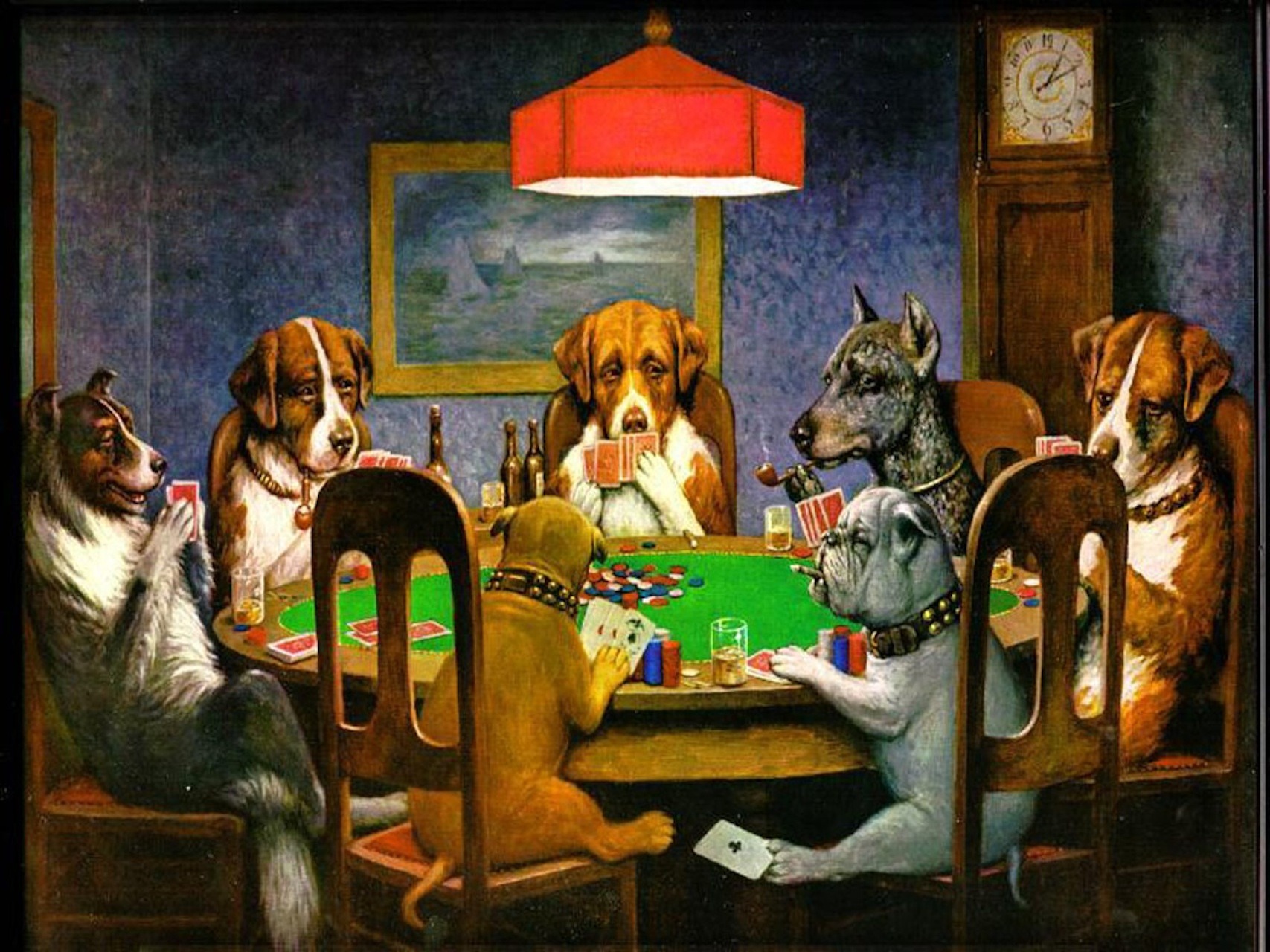|
|||||||||||||||||||||||||||||||||||||||||||||
|
| |||||||||||||||||||||||||||||||||||||||||||||
|
The Dice Players' Guide to Poker
The traditional card game of poker can make for a
strategic and engaging pastime for dice enthusiasts. If you’ve already
played the
dice poker version, you’ll have some idea of how challenging this
game can be. But if you’re completely new to the world of poker then
read on for the key things that you need to know. Poker variants There are actually many different types of poker
variants that are played today, both in offline and online poker rooms
and casinos. Three of the most common types of poker variants that
you’ll come across are Texas Hold’em, Omaha Hi (or Pot-limit Omaha) and
7-Card Stud. Texas Hold’em
- arguably the most popular poker variant, which is played by amateurs
and pros alike all over the world. The game follows a clockwise format, and begins
with players putting forward their blinds. Two hole cards are then dealt
to all players, and after the first round of betting a further three
“community cards” are dealt onto the table to form the flop.
All the players in the game are able to use the flop cards to improve
their poker hands. After subsequent rounds of betting, two more
community cards are dealt, the turn and the
river. This is followed by one final round of betting, with all
remaining players having to show their hands at the end of this. The
player with the best 5-card hand, made up of their initial hole cards
and the community cards, is declared the winner. During each betting round, players are able to
call, raise, or fold. Omaha Hi
- another
globally popular variant, this game is typically played with a pot
limit, which is won by the player with the highest hand at showdown. Omaha Hi follows the same format as Texas Hold’em,
except that four hole cards are initially dealt to players instead of
two. The aim is to still have the best 5-card hand, comprised of two of
the four hole cards and three of the five community cards. The increase in hole cards means it's much easier
to make good hands when playing this variant. 7-Card Stud
- before Texas Hold’emcame
to the forefront of the poker world, Stud poker was actually the
most common form played. 7-Card Stud differs a lot from the
aforementioned games. There are no community cards and each player
receives their own, individual hand. At the start of the game all players put forward
an ante, upon which they are dealt three cards: one face down and two
face up. The player who has the lowest value face-up card then has to
either place a smaller “bring in” bet, or make a complete bet of a
smaller increment of the value of the game. After the first betting round, players are dealt
another face-up card, but this time it’s the player with the highest
face-up value who has to make that complete bet. This is followed by two
more rounds, with an additional face-up card dealt in each. Again, it’s
the player with the highest face-up cards who has to act first by
placing the increment bet. During Seventh Street, each player still in the
game receives a final face-down card, giving them a total of 7 cards.
From this, it’s the player with the best 5-card hand who wins. Hand Rankings
As a beginner, it’s almost certain that you’ll
first start out playing Texas Hold’em poker, but each variant has its
own rules regarding the type of poker hands that you can play. Let's
take a look at the poker hands available under the traditional “high”
system, which is used to play all the variants we mentioned above. Tips on playing As much as poker is a challenging and exciting
game, it’s important to keep things in check when you’re first starting
out, especially if you want to keep your losses to a minimum. One of the best things you can do as a new player
is to fold more than you play. Okay, you may spend many of those first
games just sitting at the table, but this is a great opportunity to
watch other players and study the ways in which they’re playing. The same applies when you don’t have a strong hand
to play. Although poker is a game in which any hand can win, there’s no
getting away from the fact that certain hands are much more likely to
win than others. Finally, steer clear of those higher limit games
until you’ve got some solid experience under your belt. The players that
you’ll find at higher limit tables are much more advanced than lower
limit players, meaning it’s unlikely that you’ll be able to beat them
and you’ll end up spending a lot to stay in the game. It goes without saying, too, that you should only
spend what you can afford to lose - that’s the golden rule of bankroll
management. |
||||||||||||||||||||||||||||||||||||||||||||
|
Copyright © 2022 Stormdark I.P. and Media. All rights reserved.
www.dice-play.com This site is for
personal use only and content may not be copied or reproduced in any form for any
purpose. Terms &
Conditions
Advertising
UK sports betting sites not on gamstop
|
|||||||||||||||||||||||||||||||||||||||||||||


